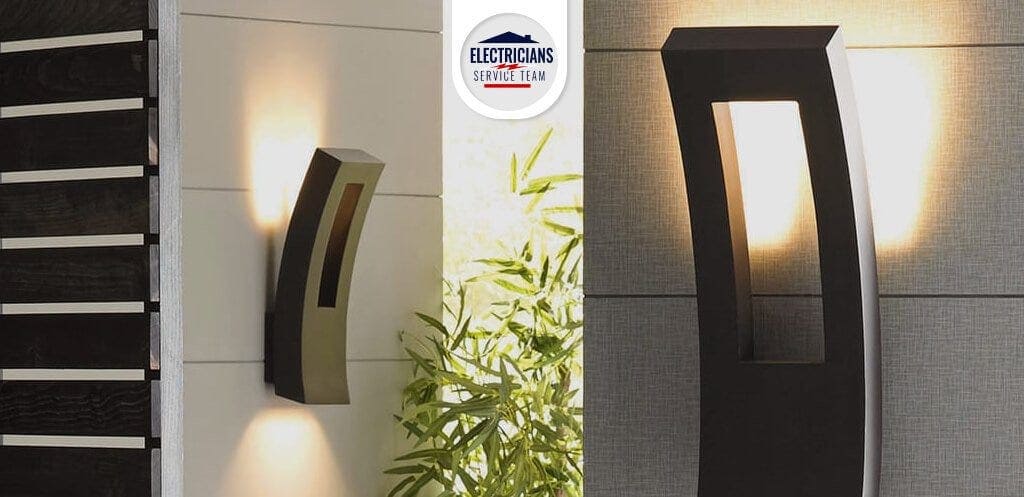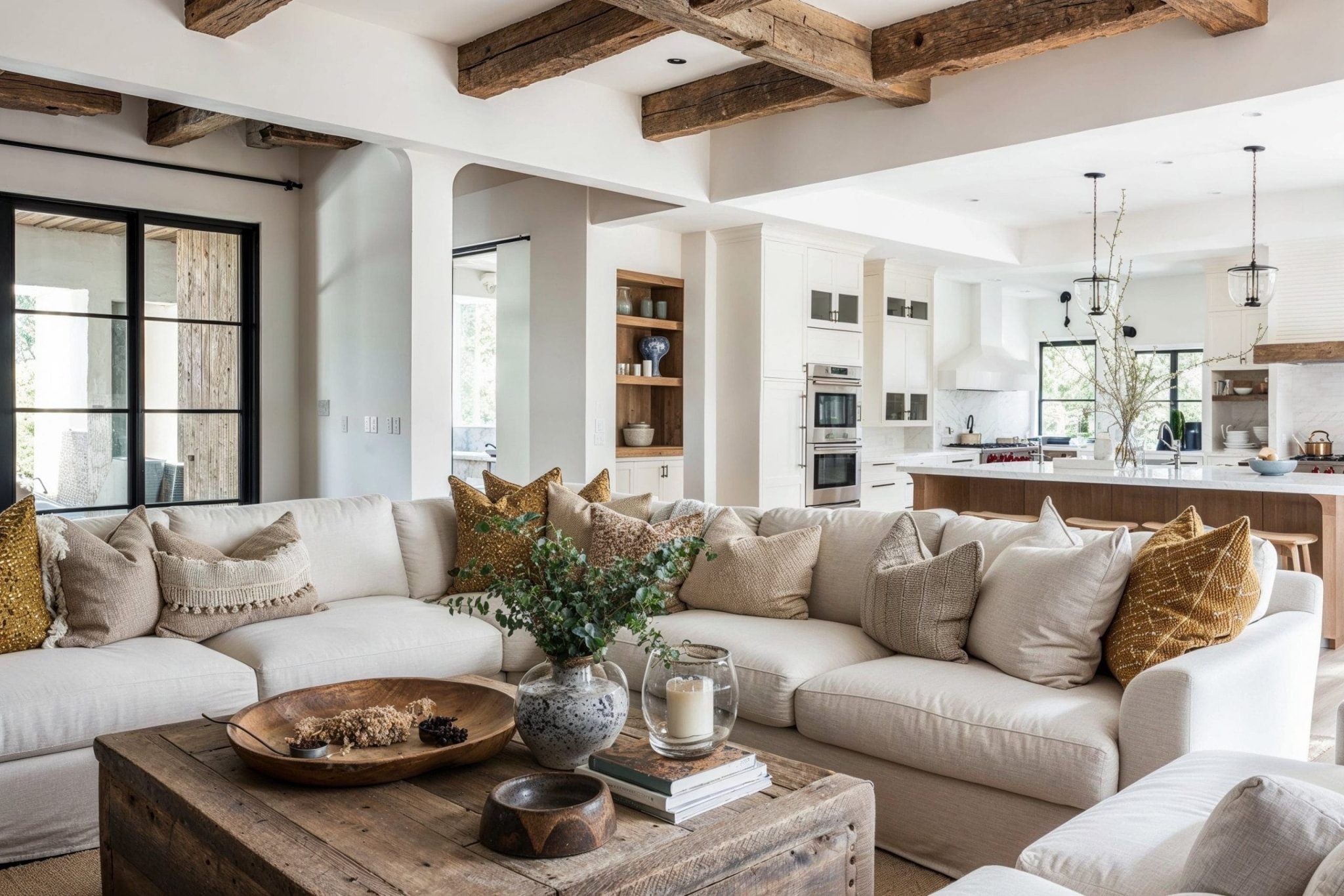Introduction:
In the realm of electrical systems, the question of whether to have outlets and lights on the same circuit is a common conundrum. Homeowners, electricians, and DIY enthusiasts often grapple with this decision when planning or renovating spaces. This article aims to delve into the intricacies of combining outlets and lights on a single circuit, exploring both the advantages and potential drawbacks. By understanding the factors at play, readers can make informed decisions that align with safety standards and functional needs.
The Basics of Electrical Circuits
Before diving into the pros and cons, it’s crucial to establish a foundational understanding of electrical circuits. A circuit is a closed loop through which electricity flows, powering various devices. In a typical household, circuits are dedicated to specific areas, such as the kitchen, living room, or bedroom.
Advantages of Combining Outlets and Lights
Efficiency in Wiring
One of the primary benefits of having outlets and lights on the same circuit is the efficiency in wiring. Combining these elements can simplify the installation process, reducing the overall complexity of the electrical system. This can lead to cost savings and a more straightforward setup, particularly in smaller spaces.
Cost Savings
Consolidating outlets and lights onto a single circuit can result in cost savings both in terms of materials and labor. With fewer circuits to install, homeowners may find themselves spending less on electrical components and hiring professionals for installation.
Streamlined Maintenance
A unified circuit for outlets and lights may simplify maintenance tasks. Troubleshooting becomes more straightforward when dealing with a single circuit, allowing electricians to quickly identify and address issues. This can translate to reduced downtime and inconvenience for homeowners.
Drawbacks of Combining Outlets and Lights
Overloading Concerns
One of the primary drawbacks of combining outlets and lights on the same circuit is the risk of overloading. If too many devices are plugged into outlets on the circuit, it can lead to tripped breakers or, in extreme cases, electrical fires. Careful consideration must be given to the power requirements of both lights and outlets to prevent overloading.
Limited Control
Having lights and outlets on the same circuit may limit control over individual elements. For instance, if a homeowner wants to turn off the lights while keeping the outlets powered or vice versa, a unified circuit makes this separation challenging. This lack of flexibility can be a significant drawback in spaces where varied lighting needs are essential.
Code Compliance Challenges
Electrical codes and standards vary by region, and some jurisdictions may have specific requirements regarding the separation of lights and outlets on circuits. Failing to adhere to these codes can lead to safety issues and may pose challenges when selling or insuring a property.
Best Practices and Safety Considerations
Load Calculation
To mitigate the risk of overloading, it is crucial to perform a thorough load calculation before combining outlets and lights on a single circuit. This involves determining the power requirements of all connected devices and ensuring they fall within the circuit’s capacity.
Strategic Circuit Planning
Strategic planning is key to successfully combining outlets and lights. Critical areas, such as kitchens and living rooms, may benefit from separate circuits for outlets and lights to accommodate diverse power needs. Bedrooms and less-utilized spaces, on the other hand, might be suitable for shared circuits.
Consultation with Professionals
When in doubt, consulting with a qualified electrician is paramount. Professionals can assess the specific requirements of a space, ensuring that safety standards are met and potential issues are addressed before installation.
Conclusion:
The decision to combine outlets and lights on the same circuit involves a careful balancing act between efficiency and safety. While there are advantages in terms of cost savings and streamlined maintenance, the potential drawbacks, such as overloading concerns and code compliance issues, must not be overlooked. Homeowners and professionals alike should approach this decision with a thorough understanding of electrical principles, local codes, and the specific needs of the space in question. Ultimately, informed decision-making will lead to a well-designed electrical system that meets both functional and safety requirements.





